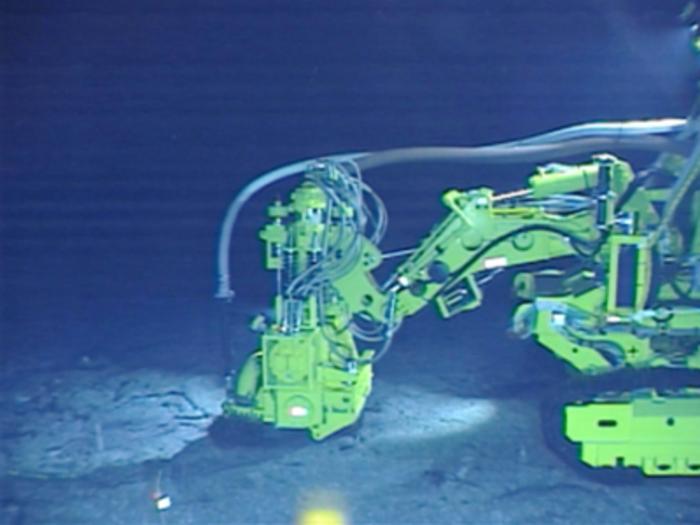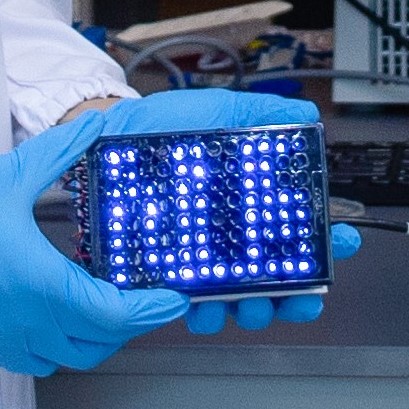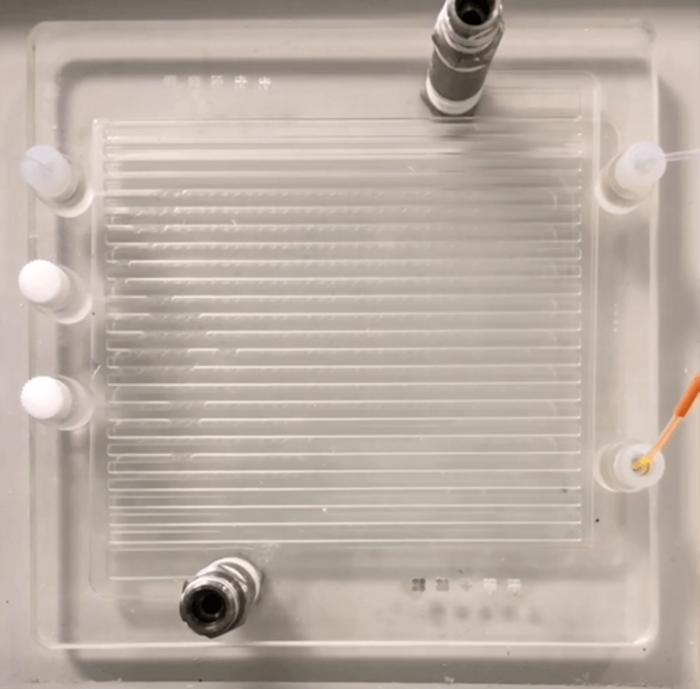From CELL PRESS 17/07/2023

In 2020, Japan performed the first successful test extracting cobalt crusts from the top of deep-sea mountains to mine cobalt—a mineral used in electric vehicle batteries.
Not only do directly mined areas become less habitable for ocean animals, but mining also creates a plume of sediment that can spread through the surrounding water.
An investigation on the environmental impact of this first test, published July 14th in the journal Current Biology, reports a decrease in ocean animals both in and around the mining zone.
The International Seabed Authority (ISA), which has authority over seafloor resources outside a given country’s jurisdiction, has yet to finalize a set of deep-sea mining regulations.
However, for companies looking to mine the ocean’s floor for minerals such as cobalt, copper, and manganese, the ISA is required to either adopt a set of exploitation regulations or consider mining exploitation under existing international laws starting July 9.
“These data are really important to get out,” says first author Travis Washburn, a benthic ecologist who works closely with the Geological Survey of Japan.
“A set of regulations is supposed to be finalized soon, so a lot of these decisions are happening now.”
The team analyzed data from three of Japan’s visits to the Takuyo-Daigo seamount: one month before the mining test, one month after, and one year after.

(D and E) Pictures of sediment trap contents are provided that are representative of (D) abundant crust fragments and (E) low fragments. For bathymetry, solid contour lines are in meters with red to the northwest being shallowest and purple to the east deepest (total depth range = 12 m)
CREDIT Current Biology/Travis Washburn
After taking a seven-day boat trip from port, a remotely operated vehicle went to the seafloor and collected video of the impacted areas.
One year after the mining test, researchers observed a 43% drop in fish and shrimp density in the areas directly impacted by sediment pollution.
However, they also noted a 56% drop in the fish and shrimp density of surrounding areas.
While there are several possible explanations for this decrease in fish populations, the team thinks it may be due to the mining test contaminating fish food sources.
The study did not observe a major change in less mobile ocean animals, like coral and sponges.
However, the researchers note that this was only after a two-hour test, and coral or sponges could still be impacted by long-term mining operations.
“I had assumed we wouldn’t see any changes because the mining test was so small.
They drove the machine for two hours, and the sediment plume only traveled a few hundred meters,” says Washburn. “But it was actually enough to shift things.”
The researchers note that they will need to repeat this study several times to gain a more accurate understanding of how deep-sea mining impacts the ocean floor.
Ideally, multiple years of data should be collected before a mining test occurs to account for any natural variation in ocean animal communities.
“We’re going to need more data regardless, but this study highlights one area that needs more focus,” says Washburn.
“We’ll have to look at this issue on a wider scale, because these results suggest the impact of deep-sea mining could be even bigger than we think.”



